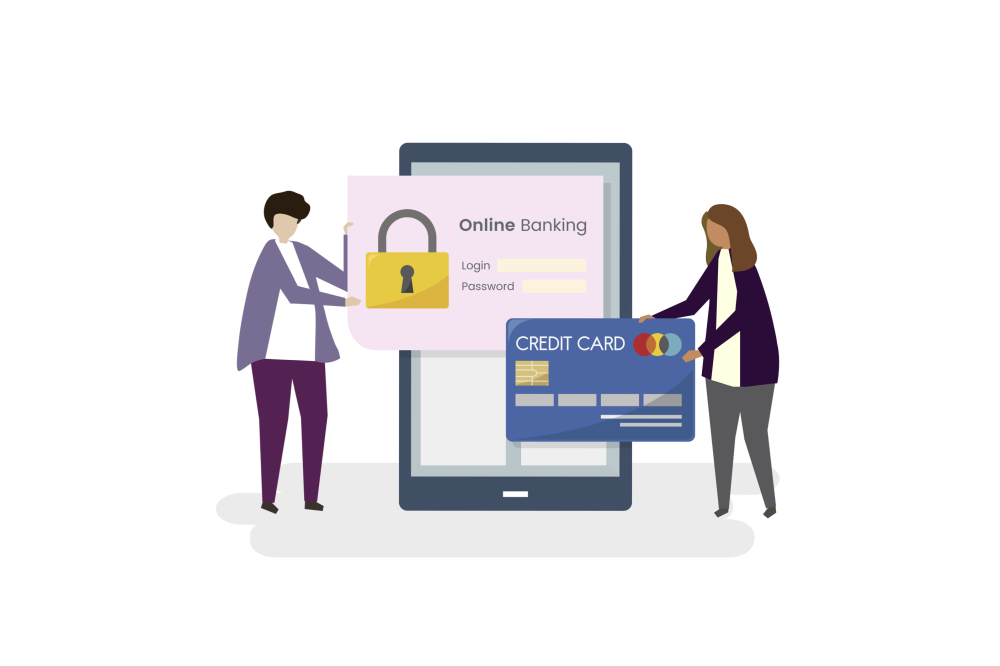The future of banking security: Biometric MFA as the gold standard Written on

The need for strong security measures for online banking applications has become more important than ever. One of the most popular ways to secure online financial transactions is through multi-factor authentication (MFA), a security mechanism that requires users to provide two or more forms of identification to access a system, application, or service. These factors usually include something the user knows, such as a password or PIN, and something the user has, such as a security token or smart card.
Despite the use of MFA, phishing is still the most prevalent hacking in financial institutions and attacks are becoming increasingly sophisticated and difficult to detect. 8 in 10 hacking-related breaches involve weak or stolen passwords, making financial institutions the second most vulnerable to data breaches after healthcare organizations.
Not all MFA methods are equally secure, and biometric MFA is emerging as the gold standard for online banking security.
Banks have been using traditional MFA methods, but are they secure?
Financial institutions have been using traditional MFA methods for years. Typically, these include security tokens and one-time passcodes (OTPs). Although security tokens are highly secure and hard to hack, they require customers to carry them with them at all times.
Since people are making more and more financial transactions outside their homes (on the commute to work, in the grocery store, in the doctor's waiting room), carrying a security token doesn't provide the seamless experience they expect. It is also costly for the institution to provide and replace lost security tokens.
Meanwhile, OTPs provide an improved experience, but they aren't secure. In most cases, they are sent via text message to our phones. This makes it easy for hackers to access our accounts through SIM swap schemes or basic social engineering.
Despite the fact that these methods are more secure than password-based authentication alone, they are not enough to make banking apps or websites secure.
Why is biometric MFA more secure than traditional methods?
Biometric MFA, which uses unique physical characteristics such as fingerprints or facial recognition to identify users, is more secure than traditional MFA methods such as SMS or email-based codes. Biometric data cannot be easily replicated when combined with high-standard liveness checks, making it more difficult for attackers to gain access to accounts. Additionally, biometric MFA eliminates the need for users to remember and enter passwords, which are often the weakest link in online security.
Secure and private: Decentralized biometric MFA
Biometric MFA is increasingly becoming a popular way of securing banking transactions. One real-life example of the use of biometric MFA in banking is the facial authentication technology employed by some banks. This technology is used to authenticate a customer's identity through their unique facial features, which are scanned and matched against a database.
To make things even more secure, this database must be decentralized, meaning that the biometric information is not stored in a single source or location. Instead, it should be distributed across multiple servers or nodes, each with its own different part of the data. This approach, known as decentralized biometric authentication, adds an additional layer of security, making it much harder for hackers to steal biometric data.
By distributing the data across multiple locations, the risk of a single point of failure is greatly reduced, and any attempts to breach the system can be easily detected and contained. This is why decentralized biometric authentication is quickly becoming the preferred method of biometric MFA in many industries, including banking.
Unlocking a seamless, secure banking experience
Today’s customers expect more and more from the financial organizations they work with. They expect their assets to be safe, the experience to be smooth and to be able to perform any transaction, at any time.
Face authentication is a crucial element for the modern banking industry. To learn more about this topic, download our eBook for free – no emails or registration required.






